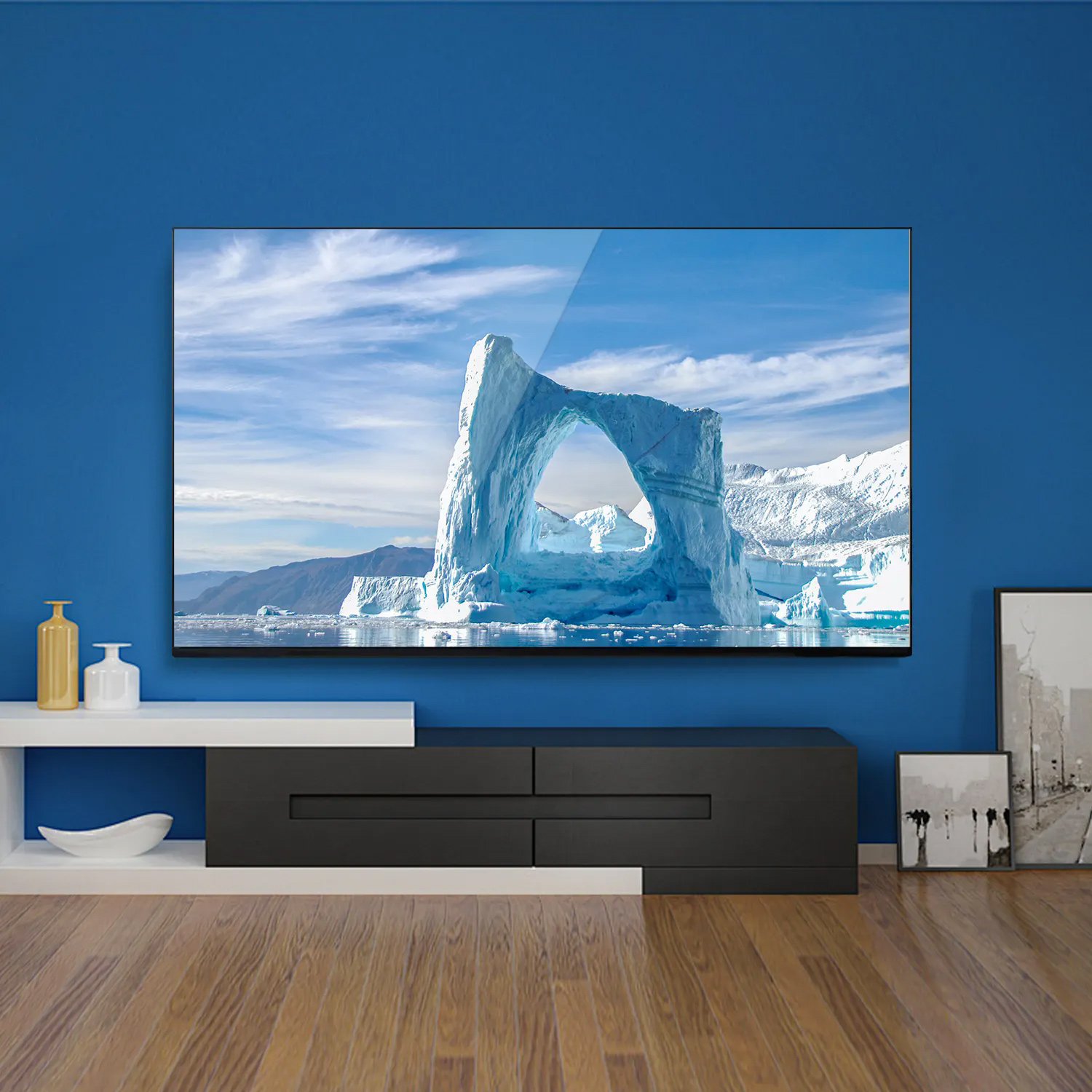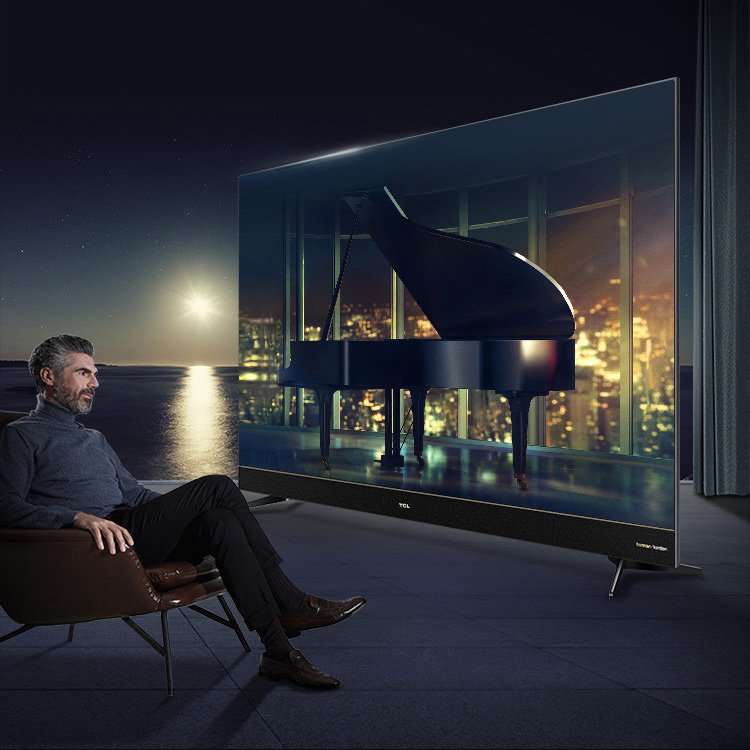The integration of 5G technology with smart TVs has catalyzed transformative changes in the television industry, reshaping content delivery, user interaction, and ecosystem connectivity. This evolution is marked by advancements in technical capabilities, diversified applications, and challenges that demand strategic solutions.
1. Technological Breakthroughs
5G’s ultra-high-speed data transmission (theoretical peak rates up to 20Gbps) and ultra-low latency (below 1ms) enable seamless streaming of 8K resolution content, eliminating buffering and lag. By 2025, over 60% of premium smart TVs (75+ inches) globally integrate native 8K decoding, supported by cloud-rendering technologies that reduce reliance on local hardware. Additionally, edge computing modules embedded in TVs enhance real-time processing for AI-driven functionalities like gesture control and eye-tracking systems, enabling remote-free navigation.
2. Enhanced User Experience
The synergy between 5G and artificial intelligence (AI) has revolutionized content personalization. AI algorithms analyze viewing patterns to deliver tailored recommendations, achieving 98% accuracy in natural language processing for voice interactions. Furthermore, 5G-powered IoT integration allows smart TVs to act as central hubs, connecting over 200 smart home devices. For instance, users in China’s “Snail TV” ecosystem complete 80% of home automation tasks directly through their TVs.
3. Expanded Application Scenarios
Beyond traditional entertainment, 5G-enabled smart TVs now serve multifunctional roles. Cloud gaming platforms like Sony’s PS Now leverage sub-1ms latency to deliver 8K HDR streaming, attracting over 210 million global TV-based cloud gamers by 2025. Hybrid XR (Extended Reality) experiences, combining AR glasses with TV content, redefine immersive viewing. Educational and healthcare applications are also growing, with TVs providing interactive remote learning modules and telemedicine interfaces.
4. Industry Challenges
The 5G transition introduces hurdles, including infrastructure costs for 5G-compatible hardware and fragmented technical standards. For example, competing 8K encoding formats (H.266/VVC, AV1, AVS3) increase content production costs by 15%. Cybersecurity risks escalate, with smart TVs facing 170% more daily cyberattacks compared to 2024, prompting adoption of quantum key distribution (QKD) for enhanced digital rights management (DRM).
5. Market Competition and Future Trends
Chinese brands dominate the affordable 5G TV segment, capturing 73% of the sub-$280 market. Meanwhile, global players like Samsung and TCL focus on premium innovations, such as Mini LED displays and hybrid broadcast-OTT services using 5G NR technology. The industry’s next phase will prioritize cross-platform content ecosystems, energy-efficient designs, and interoperability standards to unify fragmented markets.
In conclusion, 5G is redefining smart TVs as dynamic, interconnected platforms rather than passive entertainment devices. While challenges like security and standardization persist, the convergence of 5G, AI, and IoT continues to unlock unprecedented opportunities, positioning smart TVs at the core of future digital lifestyles.








